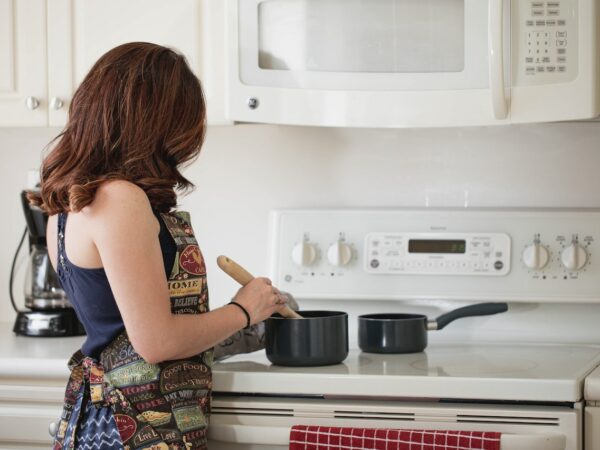5 Tips for Maintaining Healthy Indoor Plants
Introduction:
Indoor plants not only add aesthetic value to our homes but also have numerous benefits for our health and well-being. From purifying the air to reducing stress levels, indoor plants play a crucial role in creating a healthy environment. However, keeping indoor plants thriving requires proper care and attention. Here are 5 tips for maintaining healthy indoor plants.
Tip 1: Choose the Right Plants
Selecting the right plants for your indoor space is crucial for their overall health. Consider factors such as the amount of light available, temperature, and humidity levels in your home before choosing a plant. Low-light plants like peace lilies, snake plants, or pothos are ideal for spaces with limited sunlight, while succulents and cacti thrive in bright, direct light. Research the specific care requirements of each plant to ensure they are compatible with your indoor environment.
Tip 2: Provide Adequate Light
Light is essential for photosynthesis, the process through which plants produce food. Different plants have varying light requirements, so it’s important to place them in locations where they can receive the appropriate amount of light. South-facing windows typically provide the brightest light, while east or west-facing windows offer moderate light levels. If natural light is insufficient, consider using grow lights to supplement the light requirements of your plants.
Tip 3: Watering Wisely
Overwatering is one of the most common mistakes made in indoor plant care. Each plant has specific watering needs based on factors such as the type of plant, pot size, humidity levels, and season. Water your plants only when the top inch of soil is dry to prevent root rot. Use room-temperature water and ensure proper drainage to avoid waterlogging. Additionally, spritzing the leaves of tropical plants can create a humid environment, mimicking their natural habitat.
Tip 4: Proper Ventilation and Humidity
Air circulation is vital for indoor plants as it prevents issues like mold, mildew, and pests. To ensure proper ventilation, avoid overcrowding plants and open windows periodically to allow fresh air to circulate. Maintaining optimal humidity levels is also crucial, especially during the winter months when indoor air tends to be drier. Consider using a humidifier or placing a water tray filled with pebbles beneath your plants to increase humidity.
Tip 5: Regular Maintenance and Monitoring
Regularly inspect your plants for signs of pests, disease, or nutrient deficiencies. Prune dead or yellowing leaves to encourage new growth and prevent the spread of disease. Rotate your plants periodically to ensure even growth and prevent them from leaning towards the light source. Consider repotting your plants when they outgrow their current containers to provide them with fresh soil and room for growth.
FAQs (Frequently Asked Questions):
Q1: How often should indoor plants be fertilized?
A1: Indoor plants typically require fertilization every 4-6 weeks during their growing season (spring and summer). Use a balanced fertilizer diluted to half the recommended strength to avoid overfeeding.
Q2: Why are the leaves of my indoor plant turning yellow?
A2: Yellowing leaves can indicate overwatering, underwatering, nutrient deficiencies, pests, or disease. Inspect your plant’s care routine and environment to identify the underlying cause.
Q3: Can I use tap water for my indoor plants?
A3: The minerals in tap water can accumulate in the soil over time, potentially harming your plants. Consider using filtered or distilled water to prevent mineral buildup.
Q4: How do I prevent common pests on indoor plants?
A4: To prevent pests like spider mites or aphids, regularly inspect your plants, maintain proper hygiene, and occasionally wipe the leaves with a damp cloth to remove dust and potential pest eggs.
Q5: Should I mist my indoor plants?
A5: Misting can benefit tropical plants by increasing humidity levels around them. However, be cautious with plants that are prone to mold or fungal issues, as excessive moisture can lead to problems.
By following these tips and addressing common plant care concerns, you can create a thriving indoor garden that not only enhances your living space but also promotes a healthier environment for you and your loved ones.



